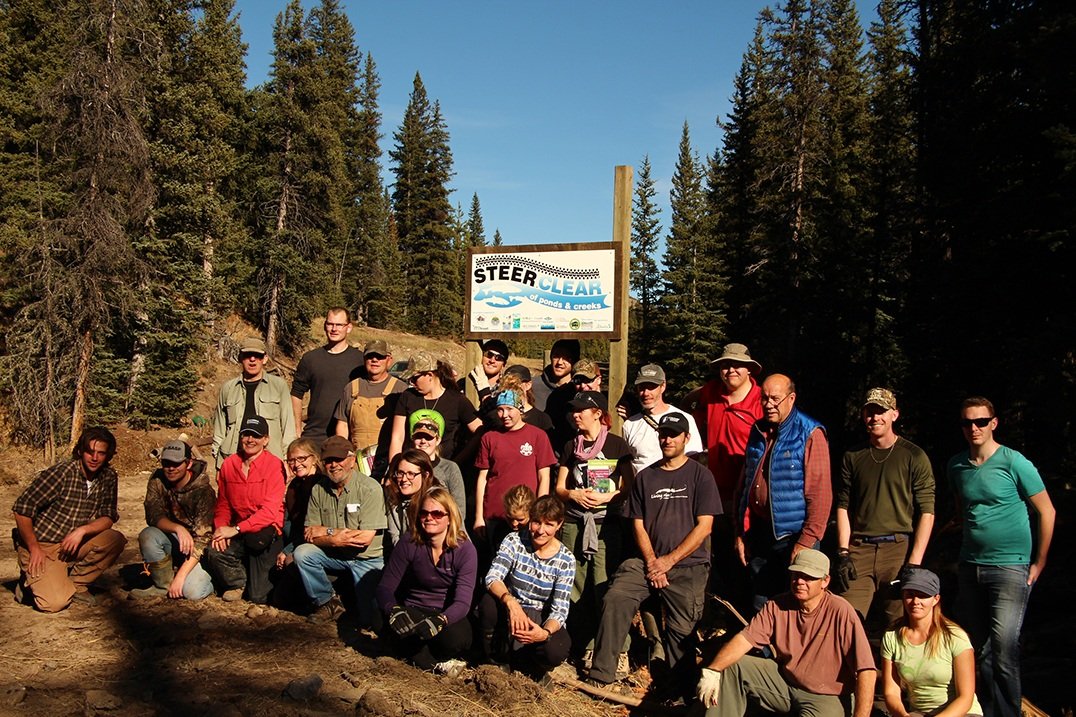OVERVIEW
The Canadian Aquatic Biomonitoring Network (CABIN) is one of the tools that the Oldman Watershed Council (OWC) uses to establish baseline stream-health conditions and to monitor changes at sites where we, or our partners, implement restoration or beneficial management practices. The OWC is building capacity for aquatic biomonitoring by leading the creation of a CABIN reference model for the Eastern Slopes.
WHAT'S BEING DONE
CABIN in the Oldman
The OWC and our partners collect samples of small aquatic invertebrates using the national CABIN sampling protocol. Many of these species are sensitive to environmental changes such as temperature, oxygen levels, or pollution, so sampling them tells us a lot about the health of streams in our watershed. These assessments often involve long hikes while carrying heavy sampling equipment, but they provide crucial insight into how healthy our creeks and rivers are and allow us to monitor the impact of our restoration activities.
CABIN monitoring complements riparian monitoring at OWC’s restoration sites in the headwaters of the Oldman watershed. The program:
establishes a baseline of aquatic ecological data for the headwaters,
makes data accessible to local communities, industry, and decision-makers through a national, online database, and
identifies streams that are ecologically healthy or those that would benefit from further management action.
Each year, OWC hosts a CABIN field certification course, in which staff and volunteers from OWC and partner watershed councils, Indigenous communities, and neighbouring watershed stewardship groups have been trained in CABIN field sampling protocols.
Eastern Slopes Collaborative & Reference Model
The OWC is also leading the creation of the first CABIN reference model for the Eastern Slopes. With the Alberta Eastern Slopes Aquatic Biomonitoring Collaborative, an informal network of about 50 people from more than 30 organizations — Watership Planning and Advisory Councils, stewardship groups, First Nations, government, research institutions, and more — OWC is working to develop this reference model so that it can be used for assessing test sites.
SUPPORTERS, FUNDERS, & PARTNERS
Thank you to our funders: Spray Lake Sawmills / West Fraser (via the Forest Resource Improvement Association of Alberta), Alberta Ecotrust Foundation (Environmental Impact Grant), and Government of Canada programs (Lake Winnipeg Basin Program, Environmental Damages Fund, Habitat Stewardship Program for Aquatic Species at Risk). We also appreciate the in‑kind support of our partners and volunteers: Government of Alberta, University of Lethbridge, landholders, volunteers, and everyone involved in the Alberta Eastern Slopes Biomonitoring Collaborative.










